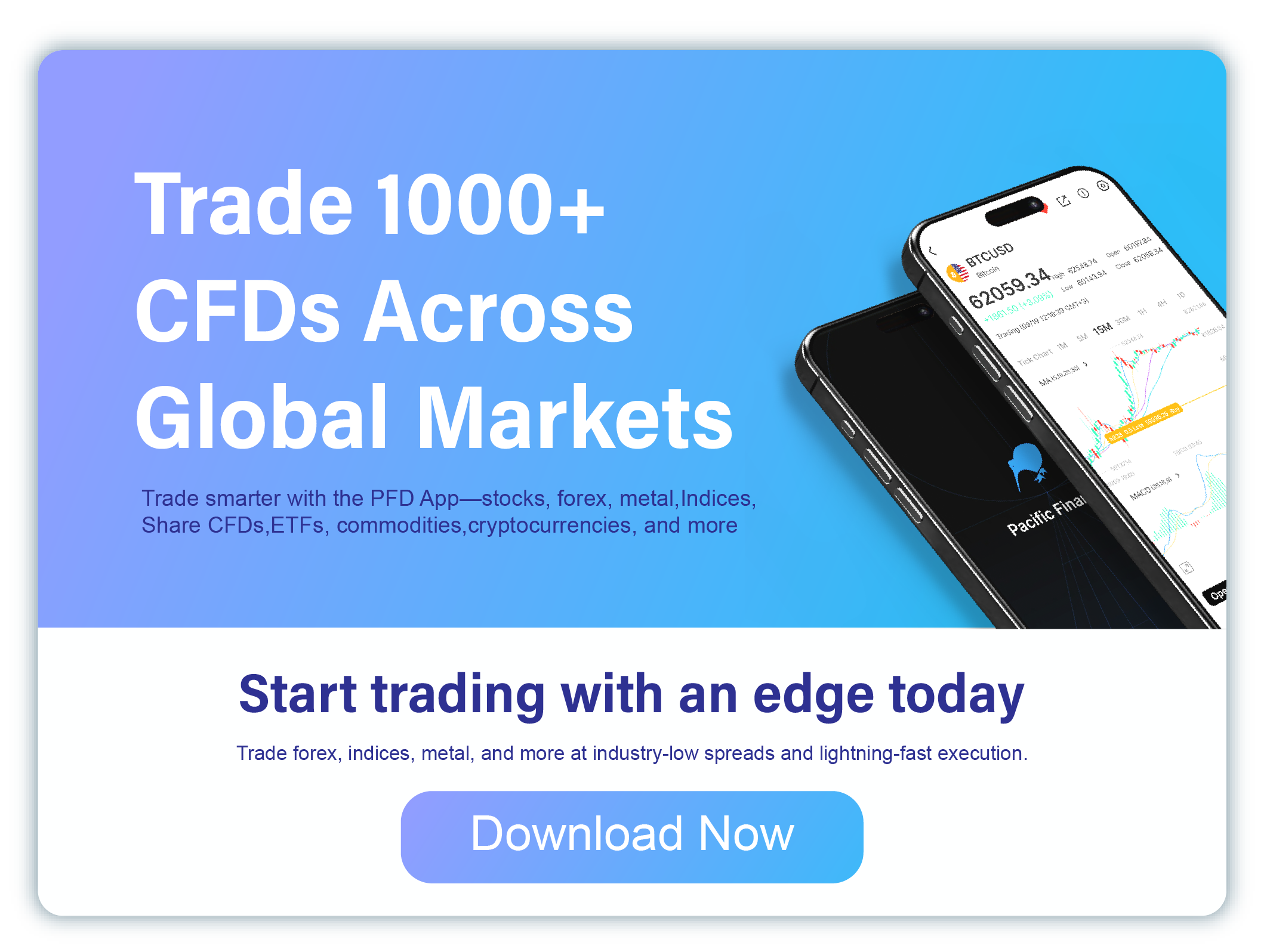GameStop (GME) has been one of the most discussed stocks in recent years, largely due to the infamous “short squeeze” that occurred in early 2021. The stock’s performance has drawn attention from investors, analysts, and even retail traders, leading to extreme volatility and media coverage. By analyzing GME’s historical performance, we can gain insights into the factors that have contributed to its price fluctuations, assess its future potential, and understand the broader implications of the retail investor movement.
Early Years: Pre-2019
GameStop’s stock history prior to 2019 was relatively stable, with few dramatic shifts in price. The company’s core business model—selling video games, consoles, and accessories—was steadily profitable, but the rise of digital gaming posed a long-term threat. GameStop, like many brick-and-mortar retailers, struggled to adapt to the digital transformation of the gaming industry.
From 2010 to 2019, the GME stock generally traded between $10 and $30, with minor fluctuations that reflected the broader retail environment and specific events such as earnings reports or industry trends. At this point, GameStop was a typical brick-and-mortar retailer facing challenges in a rapidly changing market.
2019: The Beginning of Uncertainty
In 2019, GameStop’s stock began to show signs of decline as its business model continued to face pressures from digital downloads, online retailers like Amazon, and changing consumer habits. The company announced several restructuring initiatives to streamline its operations, including closing underperforming stores. However, these efforts did little to offset the challenges the company faced.
During this period, GameStop’s stock experienced a steady downtrend. From mid-2018 to early 2019, it fluctuated between $15 and $18. However, by the end of 2019, the stock had dipped below $10, signaling deeper concerns about its long-term viability.
2020: The Short Squeeze Begins
The real turning point for GME stock occurred in 2020, as the company was in the midst of attempting a turnaround under new leadership. GameStop hired new executives with experience in technology and e-commerce to pivot toward an online retail model. However, these efforts were largely overshadowed by the broader economic impacts of the COVID-19 pandemic, which accelerated the decline of physical retail businesses.
Despite the company’s struggles, GME caught the attention of a new type of investor: retail traders, many of whom frequented online forums such as Reddit’s WallStreetBets. These traders believed the stock was undervalued and started buying shares, leading to a steady increase in GME’s stock price throughout 2020.
At the same time, institutional investors, particularly hedge funds, were heavily shorting GameStop’s stock. Short selling is a strategy that allows investors to profit from a decline in a stock’s price, but it also carries significant risk if the stock price rises instead. GME became one of the most shorted stocks on the market, setting the stage for a dramatic clash between retail investors and institutional investors.
Early 2021: The Short Squeeze
In January 2021, the long-anticipated short squeeze finally unfolded. A growing number of retail traders began buying GME shares in large quantities, driving the stock price up at an unprecedented rate. As the price soared, hedge funds and other institutional investors who had bet against the stock were forced to buy back their shares to cover their losses, further fueling the rally.
On January 27, 2021, GME’s stock reached an all-time high of $483 per share, a nearly 2,000% increase from its price at the beginning of the year. This incredible surge captured headlines around the world, with retail traders crowing about their success and institutional investors facing massive losses.
The short squeeze caught many by surprise, as GameStop’s underlying business fundamentals had not changed in any significant way. Instead, the price movement was driven primarily by a concerted effort by retail traders to force institutional investors to capitulate.
Aftermath and Volatility in 2021
After the short squeeze, GME’s stock price experienced extreme volatility. It quickly dropped from its peak of $483 to below $100, before bouncing back and forth between $150 and $300 for the next few months. The volatility was compounded by continued media attention and new regulatory scrutiny regarding the role of social media and retail investors in driving the stock’s price.
Despite the volatility, GameStop continued its efforts to adapt to the changing market. The company hired former Amazon executive Matt Furlong as its new CEO and announced plans to focus on its e-commerce strategy and digital transformation. This move helped stabilize the stock to some degree, as investors began to take a longer-term view on the company’s future prospects.
Throughout 2021, the stock’s price remained volatile, and it became clear that GME’s performance was no longer solely tied to its business fundamentals. Instead, it had become a symbol of the growing power of retail investors and the potential disruption of traditional financial markets.
2022-2023: GameStop’s Transition to a New Business Model
As GME entered 2022 and 2023, it became clear that the company was embarking on a new chapter. GameStop had moved beyond its role as a traditional video game retailer, focusing on expanding into new areas such as NFTs (non-fungible tokens) and blockchain gaming. This transition, while ambitious, has not yet borne fruit in terms of financial performance, but it has kept the stock in the public eye.
Investors continued to watch GME closely, hoping that the company’s pivot to a tech-forward strategy would eventually lead to growth. However, despite the hype around blockchain and NFTs, GME’s financial performance showed few signs of recovery. The stock price fluctuated between $50 and $150 throughout 2022, with periods of sharp drops and gains, but never reaching the highs of January 2021.
The company’s shift into digital assets and blockchain gaming seemed to be part of an effort to future-proof its business. However, the success of these efforts remained uncertain, as the broader cryptocurrency and NFT markets also faced significant volatility during the same period.
Conclusion: The Future of GME Stock
GME’s stock history is a remarkable tale of volatility, speculation, and the intersection of traditional finance with the rise of retail investors. The stock’s meteoric rise in early 2021 demonstrated the power of social media and retail traders to disrupt the stock market, while its subsequent decline and attempts at business transformation have highlighted the challenges GameStop faces in adapting to a digital-first world.
Looking forward, the future of GME stock will depend on several factors:
- Execution of the digital transformation strategy: GameStop’s shift toward e-commerce, blockchain, and NFTs could be the key to its future growth, but these ventures are high-risk and still largely unproven.
- Market conditions: The broader market environment will also play a significant role in determining the stock’s performance. Economic conditions, regulatory changes, and investor sentiment all contribute to the volatility of GME’s stock price.
- Retail investor sentiment: While the short squeeze brought immense attention to GameStop, the stock’s long-term prospects will largely depend on whether retail investors continue to support the company or whether interest wanes as the stock stabilizes.
In conclusion, GME’s stock has proven to be a volatile and unpredictable investment, driven more by sentiment and speculation than by traditional financial metrics. While the company is working on transforming its business model, the outcome remains uncertain. Investors will need to carefully monitor GameStop’s efforts to pivot to a digital future while keeping an eye on the broader market conditions that continue to shape its stock performance.










